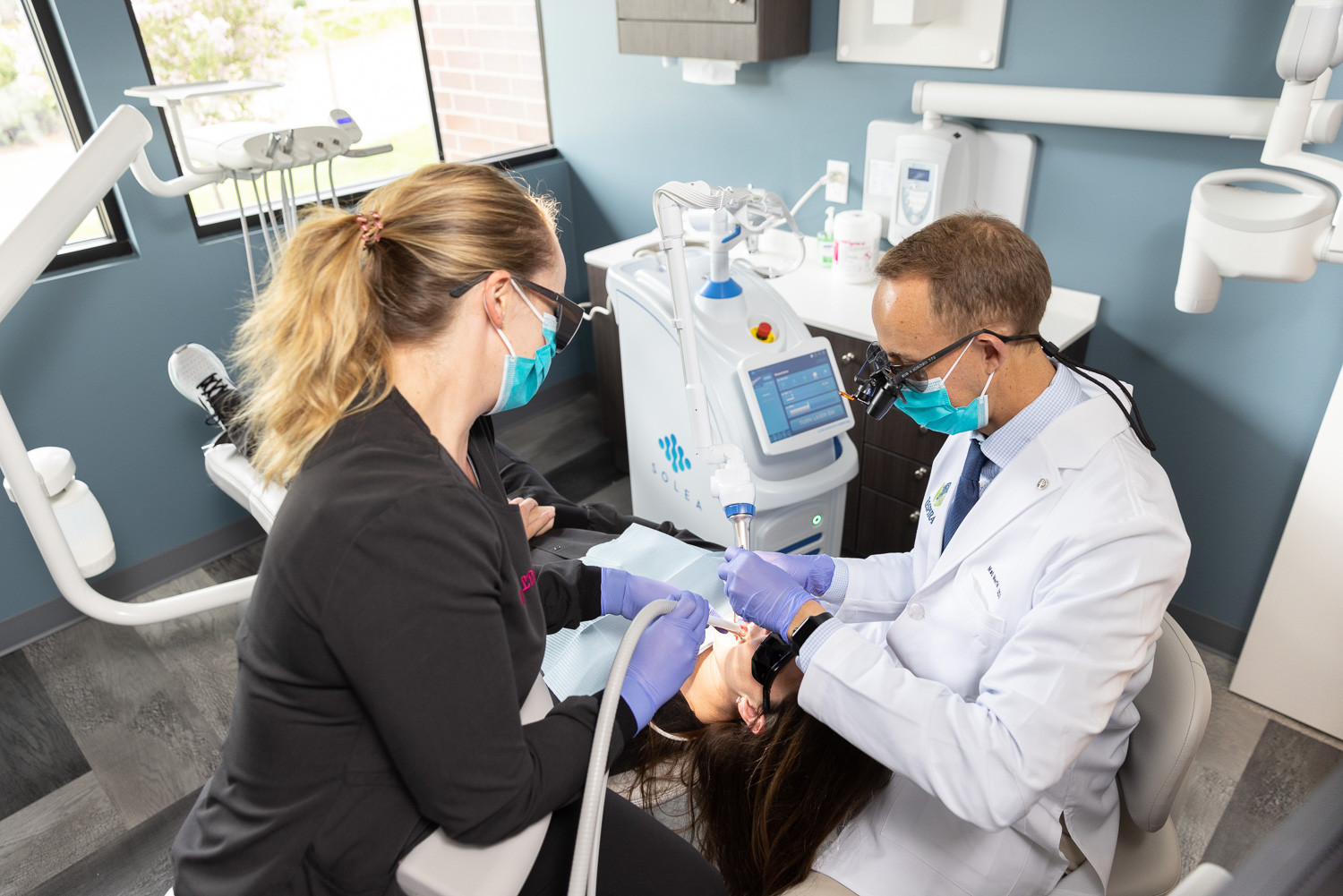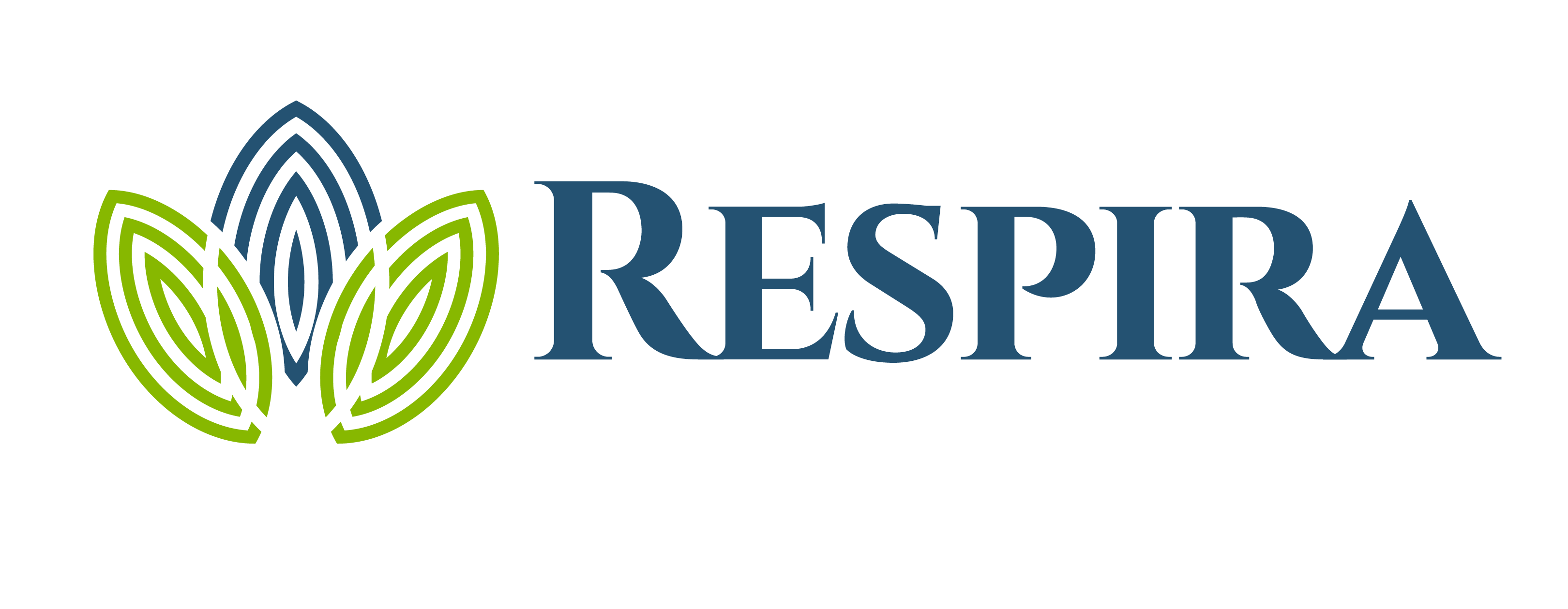

What Is a Tongue Tie?
A tongue-tie, or ankyloglossia, occurs when the cord of tissue that attaches the tongue to the floor of the mouth is too tight. This can interfere with the normal function of the tongue and can negatively affect every organ system in the body.
Even if a tongue-tie doesn't extend all the way down the length of the tongue, such as in the case of a posterior or submucosal tongue tie, it can still cause the same issues as an anterior tongue tie.
What Is a Lip Tie?
When the cord of tissue that attaches the lip to the gums is too tight, this is known as a lip tie. Lip ties can affect the mobility of the lips and interfere with latching during breastfeeding as well as with the formation of the upper front teeth and can prevent proper lip sealing during nasal breathing.
If left untreated, lip and tongue ties can contribute to the formation of a high, narrow palate rather than a broad, flat palate. A high and narrow palate can contribute to issues such as teeth crowding, nasal obstruction, airway disorders, and TMJ disorders.
Why should a tongue-tie and/or lip-tie be released?
Without intervention, children and adults may experience the following:
- Difficulty with speech
- Difficulty or limitations with eating
- Babies may have difficulty latching while breastfeeding
- Narrow dental arches
- Crowded teeth
- High arched palate (roof of mouth)
- Poor swallow patterns
- Open-mouth breathing
- Gum tissue recession
Lip-Tie and Tongue-Tie Releases (Frenectomy)
Using the Solea dental laser, we are able to release the restrictive oral tissues in a matter of minutes! Benefits of the Solea dental laser:
- Minimizes bleeding
- No sutures needed
- No drill
- Faster recovery
Our doctors will use a local anesthetic to numb the area to ensure a pain-free experience. There may be mild discomfort after the anesthetic wears off, however this can be easily managed with OTC pain relievers if needed.
Why choose Respira for a frenectomy procedure?
We've heard from patients who have had this procedure completed at another office, or maybe their child has, and it was unsuccessful. In some cases, a revision may be necessary and we know how frustrating that must be as a patient or parent! At Respira, we incorporate a multidisciplinary protocol that integrates myofunctional therapy before, during, and after the procedure. This differing approach allows the procedure maximum potential in effectiveness.

